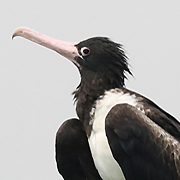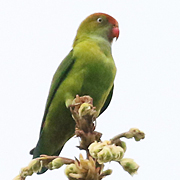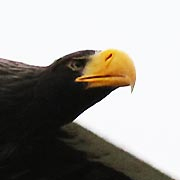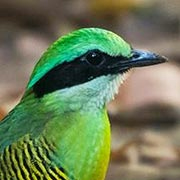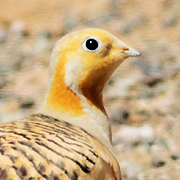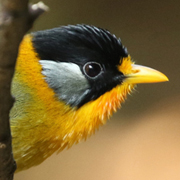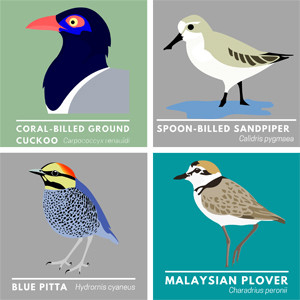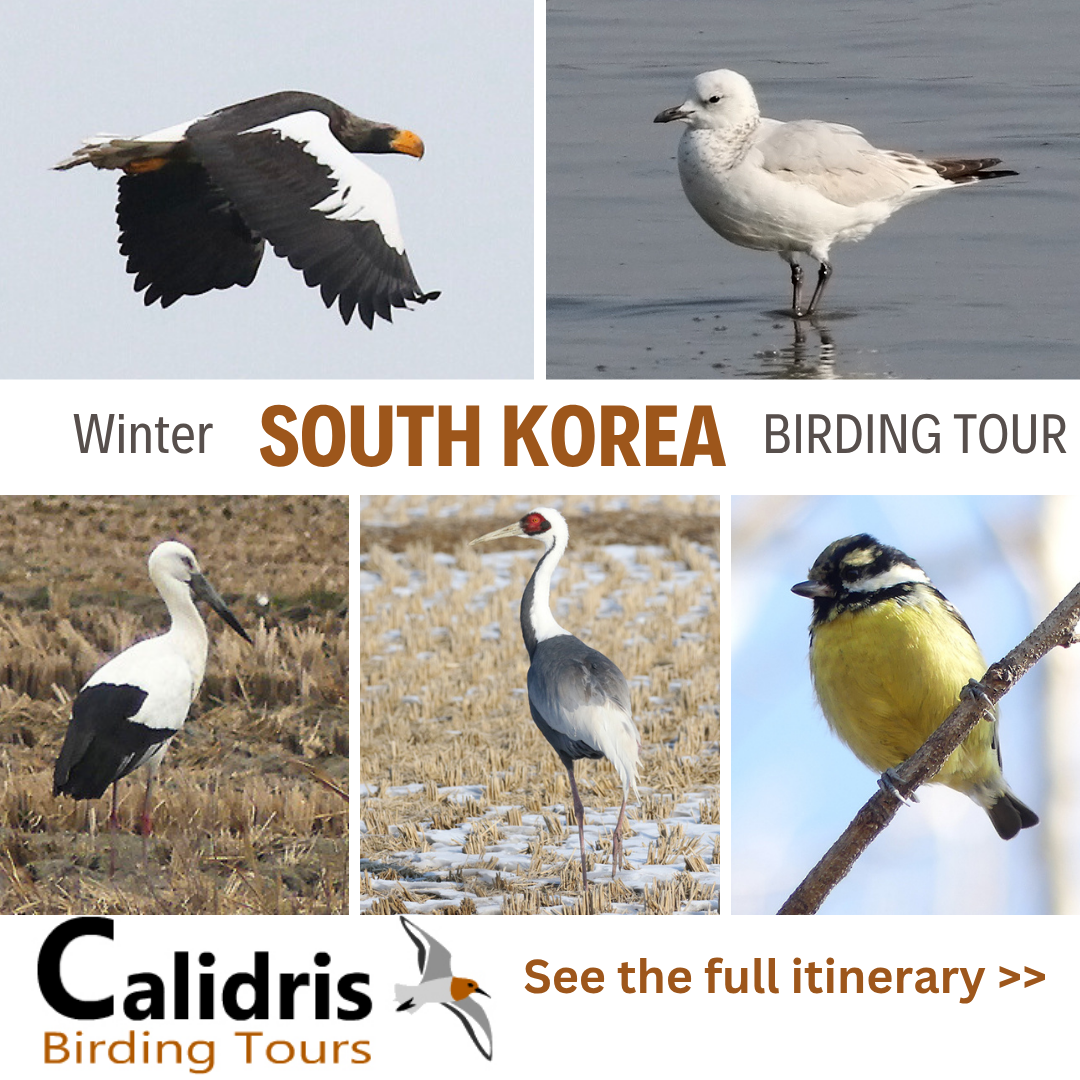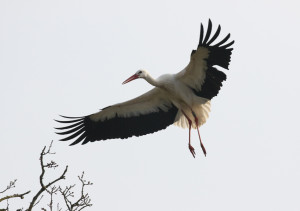
Anyone in Britain who has an interest in bird conservation and wildlife is likely to have heard of the White Stork Project which aims to reintroduce White Storks to the UK. Equally the successful nesting at the Knepp Estate Rewildling Project is likely to be on the radar of most nature-lovers in UK and as someone who has always been interested in conservation, and particularly rewilding projects, I took a trip to West Sussex to visit the Knepp Estate and see the storks for myself.
The Knepp Estate used to be intensively farmed but has been transformed by converting to extensive grazing by traditional breeds that are free to wander over the whole estate. There animals graze where they want and keep some areas of vegetation short where other areas develop into scattered scrub and woodland. I took a long walk around the site and it is a very pleasant place to visit with a landscape like no other I can remember in Britain and with White Storks nesting successfully it attracts a lot of visitors who want to see this key conservation species. I saw five different nests and spent some time watching the Storks go back and forth from them, particularly one nest which was in a tree very close to a public footpath.
When I first arrived at the nest I found a good observation spot on the nearby public footpath. A single White Stork was standing up on the massive nest giving all passers-by a great view.
I spoke to one of the project volunteers who told me that they were very pleased that this pair of storks had chosen to nest so close to a footpath because it stopped visitors from going off-trail to get closer to other nests. With this pair oblivious to visitors it has allowed large numbers of people to observe White Storks on the nest without causing any problems.
What I wanted to see was the White Stork’s pair bonding behaviour when the bird’s partner arrived back at the nest. I wanted to get some flight shots as the stork came in so I scanned the skies every now and again until I spotted one stork way up, soaring in the sky. Given how high it was I didn’t think this was the individual that was paired with the bird in the nest but as it started to descend I wasn’t so sure.
Within seconds the fast descent in the direction of the nest let me know that indeed this was the bird that was going to join the one in the nest I had been watching.
As it folded its wings in a steep approach it was tough to track it with the camera until it put the breaks on and slowed down as you can see in the photo below.
And then as it came to land on the nest, next to its mate, its wings swooped out to their full extent to provide a the slowing it needed to land on the nest at a perfect speed.
On arrival the bill-clapping and throwing back of the head began as the couple greeted each other and strenghtened the bond between them. You can watch this moment in this short video below.
After this interesting performance there was some turning of the eggs by both birds and a period of rest before it was the turn of the other bird to take flight and presumably go to feed.
I kept watching the nest and over the course of the next few hours these two birds took turns in flying off to feed and incubating the eggs. Changing over every 45 minutes to 1 hour. It was hard to see where they were feeding but it seemed to be in damp areas surrounded by small trees fairly close to the nest.
While these storks were interesting to watch on the nest they were at their most magnificent in flight, with their size at its most impressive.
After an absence of several hundreds of years it is a real success story that these storks have been reintroduced to Britain. It will be some years before it becomes apparent if they have formed a sustainable breeding population but for now the signs are good. I will be back in several weeks to watch the nest once the chicks hatch.


 May 1st, 2021
May 1st, 2021  Nick
Nick 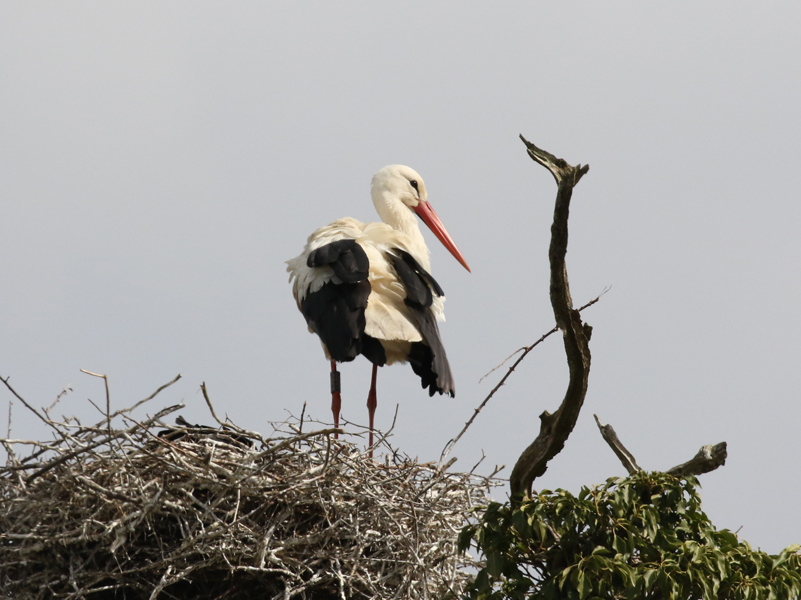
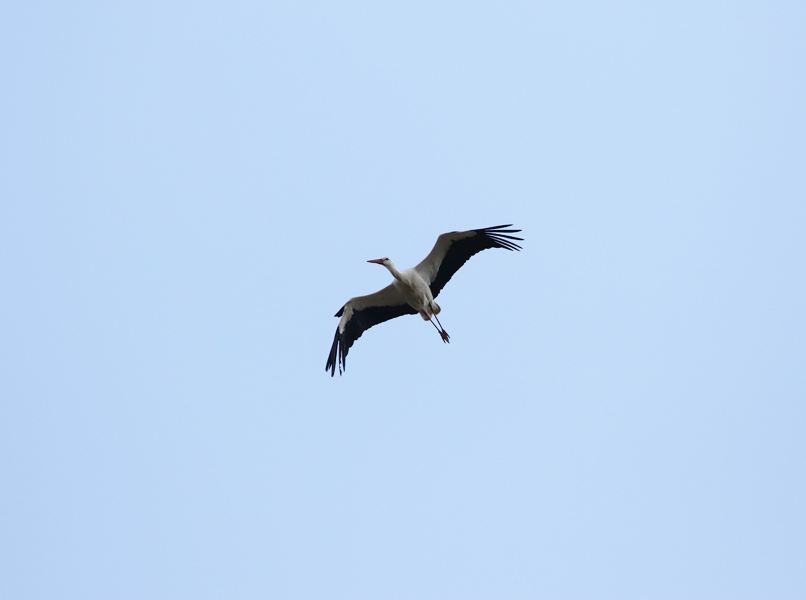
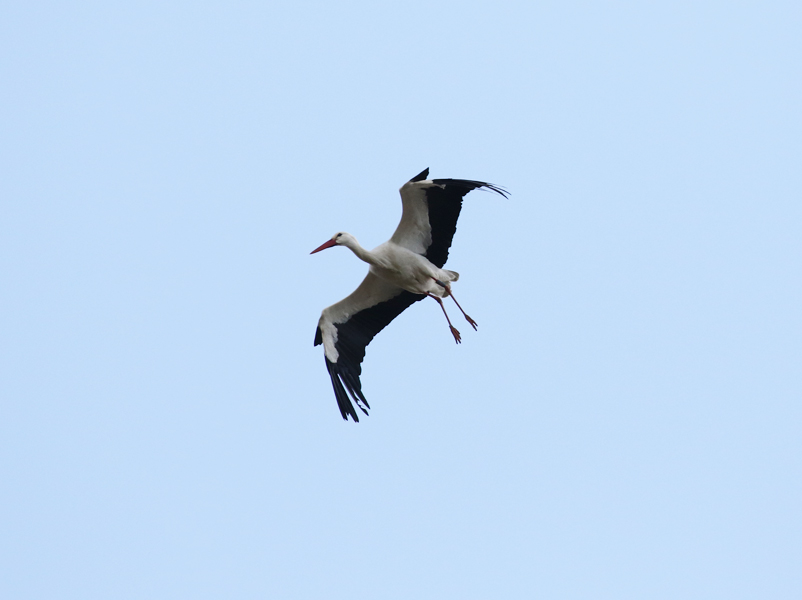
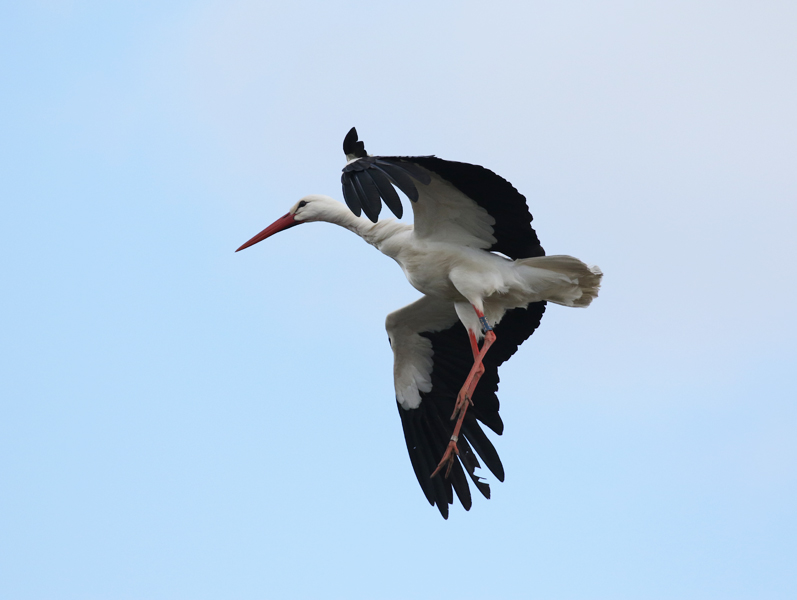

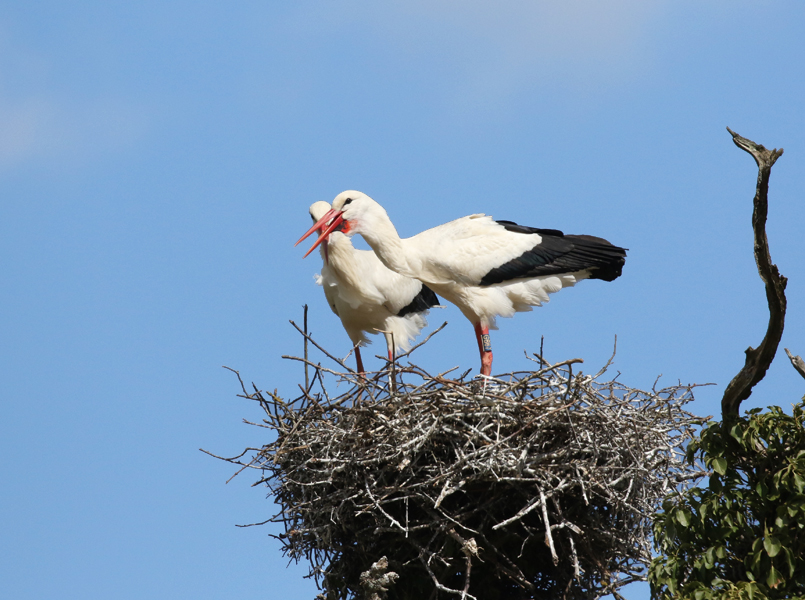
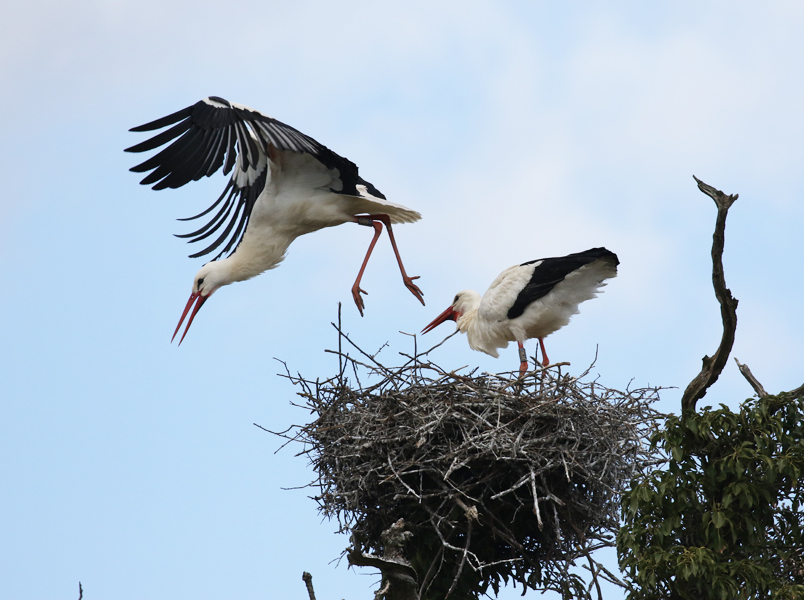
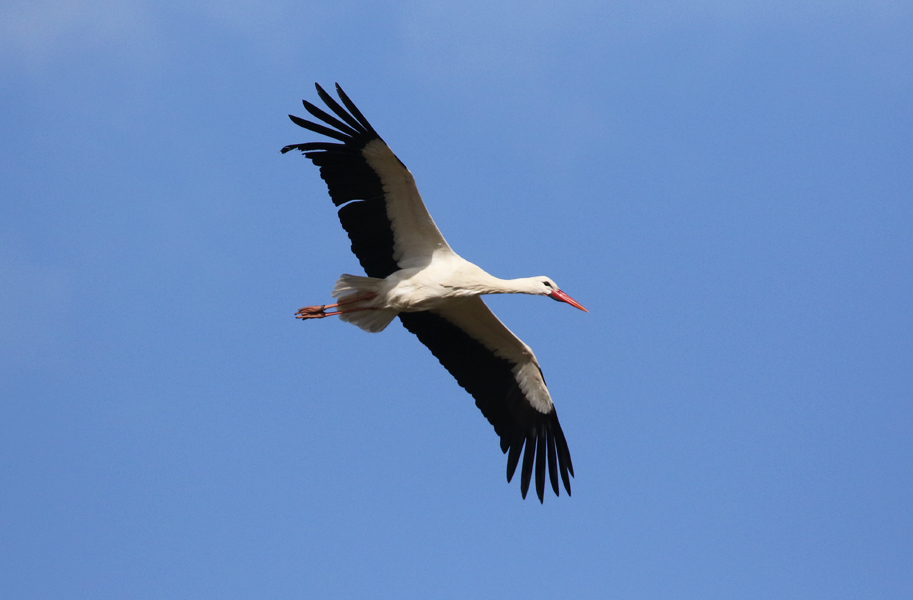
 Posted in
Posted in  Tags:
Tags: 
